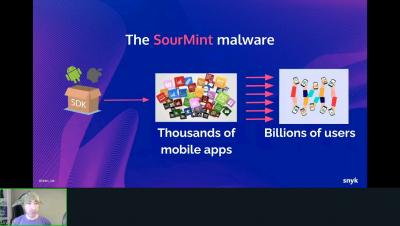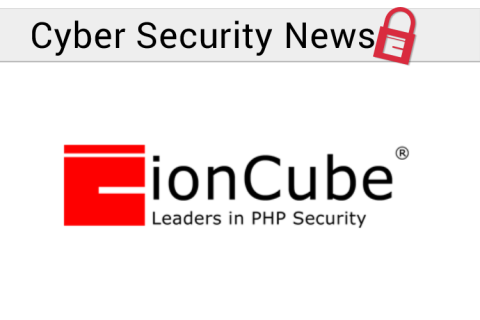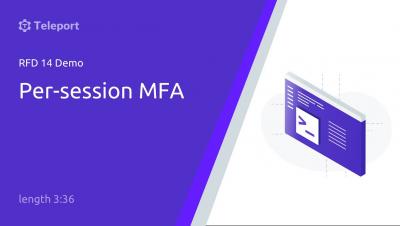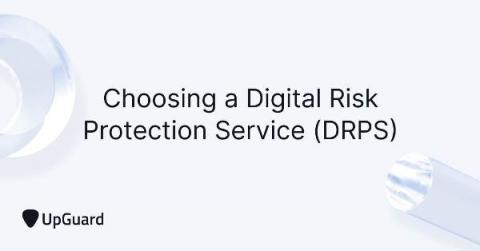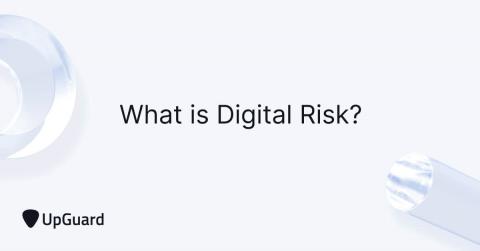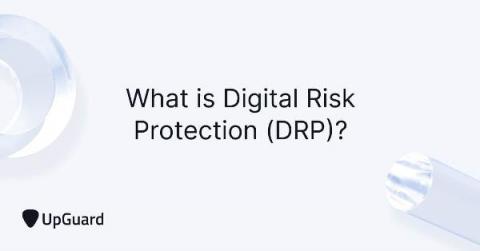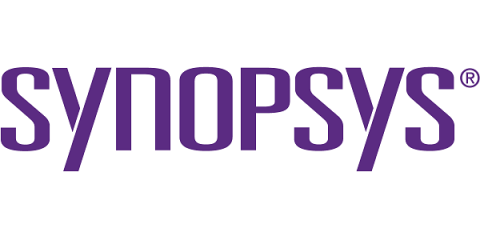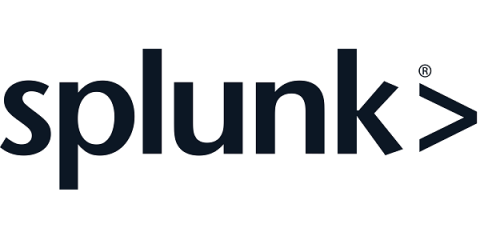Security | Threat Detection | Cyberattacks | DevSecOps | Compliance
%term
Weekly Cyber Security News 26/03/2021
A selection of this week’s more interesting vulnerability disclosures and cyber security news. For a daily selection see our twitter feed at #ionCube24. Wow, pretty much everything out in the clear. Oh boy.
RFD 14 Demo - Per-session MFA
This video is a demo of our per-session MFA coming in Teleport 6.1 https://github.com/gravitational/teleport/blob/master/rfd/0014-session-2FA.md#rfd-14---per-session-mfa
Straight Talk Series: Data Context Defines Next Gen SWG
How to choose a Digital Risk Protection Service (DPRS)
Digital risks are an inevitable by-product of an expanding ecosystem, and an expanding ecosystem is essential to societies' progression into the fourth industrial revolution. This unsettling conundrum has given rise to a novel field of cybersecurity known as Digital RIsk Protection (DRP). But like all novel solutions, it can be difficult to identify the capable minority from the majority still finding their feet.
What is Digital Risk?
Digital risk refers to all unexpected consequences that result from digital transformation and disrupt the achievement of business objectives. When a business scales, its attack surface expands, increasing its exposure to outside threats. This makes digital risk an unavoidable by-product of digital transformation. Fortunately, digital risk protection strategies have been developed to mitigate digital risk so that organizations can continue confidently scaling their operations.
What is Digital Risk Protection (DRP)? You could be exposed.
Digital risk protection (DRP) is the practice of protecting organizations from cyber threats during digital transformation. Rather than reacting to cyber threats after they're discovered, cybersecurity strategies must shift to a proactive approach to protection. This is the key to supporting ecosystem expansion while mitigating risk.
How to cyber security: Minimize risk and testing time with Intelligent Orchestration
Integrating AST tools into your CI/CD pipeline shouldn’t compromise your development velocity. Learn how Intelligent Orchestration can help. Sometimes it feels like software development is at the crux of the collision between an unstoppable force and an immovable object. The answer to putting security in every phase of development is partly process and partly automating and integrating security testing into the build and test phases of development.
Automated Clean-up of HAFNIUM Shells and Processes with Splunk Phantom
If you haven’t been living under a rock for the past few weeks, you've probably come across the recent Microsoft Exchange Server vulnerabilities and its associated exploits.Stop!!! The first thing you should do is to go and patch any Exchange servers you may be running, then you can come back and finish reading this blog. Microsoft's blog provides links to various tools to help in this regard.
Cybersecurity strategy.... To Plan or not to plan...That is the question
What is a strategy? As defined by Merriam Webster…. ‘a carefully developed plan or method for achieving a goal or the skill in developing and undertaking such a plan or method.’ A cybersecurity strategy is extremely important, but many organizations lack a strategy, or they have not kept their strategy and subsequent roadmap current. A strategy is especially important in this day of digital transformation and for key initiatives like Zero Trust.


